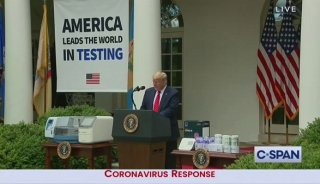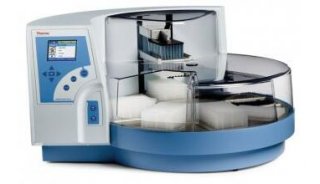PCR的下游应用
・ Agarose Gel Electrophoresis of PCR Products(Robert H. Cruickshank)
・ Agarose Gel Electrophoresis of PCR Products(Immunology Resource)
・ DIAPOPS Technique (D etection of I mmobilized A mplified P roducts) (NUNC)
Introduction to DIAPOPS
・ SPRI Purification of PCR products using Solid-Phase Reversible Immobilization (SPRI) Technique (Whitehead Institute/MIT)
・ PCR Products Labeling (Amersham)
Guidelines for preparation of radioactively-labeled PCR products for use as probes
・ PCR Products Purification (Hoshi Lab)
CHISAM method and Qiaquick method
・ PEG Purification of PCR Products (GSCWU)
This protocol can be used instead of EXO/SAP for removing excess primers and nucleotides from PCR products before cycle-sequencing
・ Purification and Sequencing of PCR Product (Donis-Keller lab)
This method is used to sequence directly a specific PCR product after large scale amplification. The reaction should be carried out in the usual fashion, except that after optimization of annealing temperature and other conditions in the 5 µl volume, a large scale 50 µl (10X) total reaction volume should be used to generate sufficient PCR product for sequencing.
・ PCR Product Sequencing (Genetics Resources CORE Facility at Johns Hopkins U)
Detailed method for preparing PCR products for direct sequencing
96 Well Plate Purification of PCR products
Purification with Sepahcryl S-300 or S-500 - in filter bottom plates 96-well silent screen plate, Purification with Guanidine-HCl in MES buffer - in glass filter plates
Purification with Guanidine-HCl in KAc buffer
Extraction of PCR Oil Using Chloroform (Robert H. Cruickshank)
Removing paraffin oil from PCR reaction for direct sequencing.
Modified Microcon-100 protocol for purification and concentration of DNA from PCR product (Robert H. Cruickshank)
Purify and concentrate PCR reaction for sequencing using Microcon-100 microconcentrator
Blunt End Cloning PCR Products (HanCock Lab)
Digestion of PCR Products (Fermentas)
Some basic facts you need to know to cut your PCR products.
Cleavage Efficiency Close to the Termini of PCR Fragments (Fermentas)
When designing PCR experiments in which the synthesized DNA fragment is to be subsequently digested with a RE, it is very important to determine how many extra nucleotides should be added to the 5’-end of the PCR primer next to the introduced recognition site to ensure efficient cleavage with the appropriate restriction endonuclease. Some restriction endonucleases cleave DNA poorly when their recognition sites are located at the ends of DNA fragments. Information on restriction endonuclease performance close to the end of DNA fragments may be helpful when planning the introduction of cleavage sites at DNA termini in PCR experiments.











